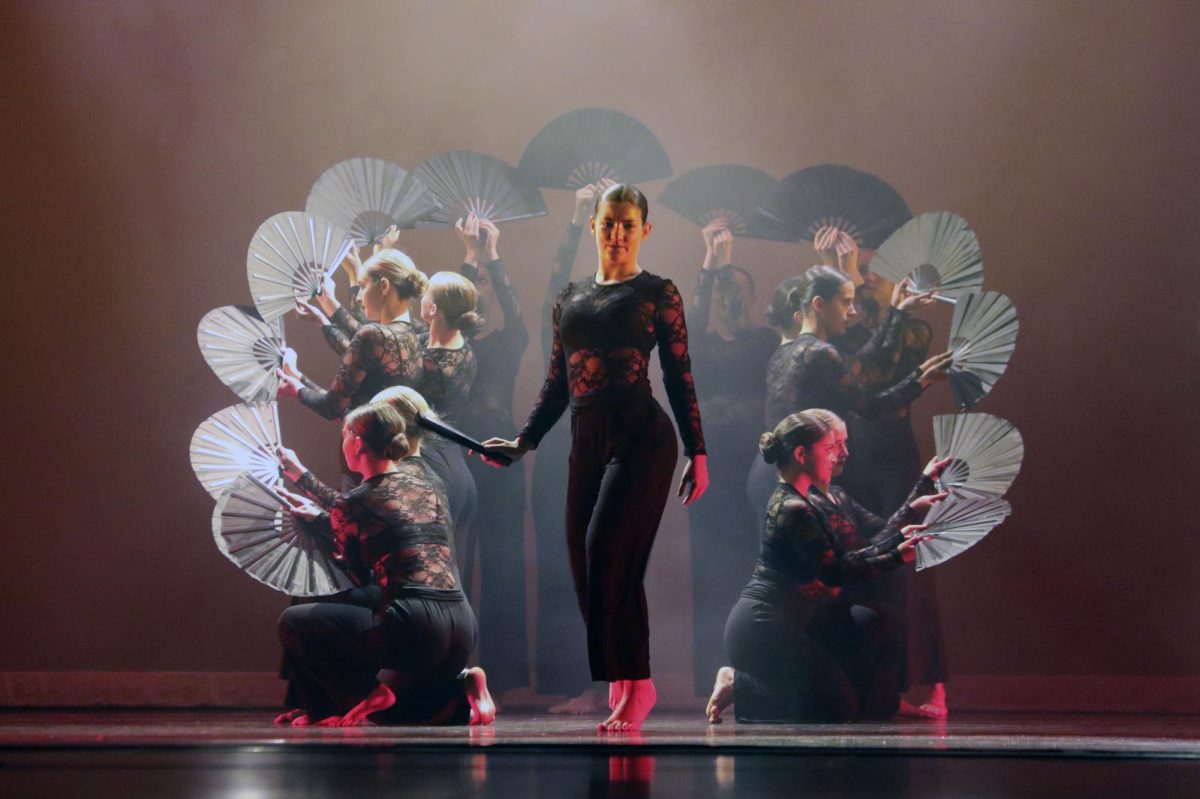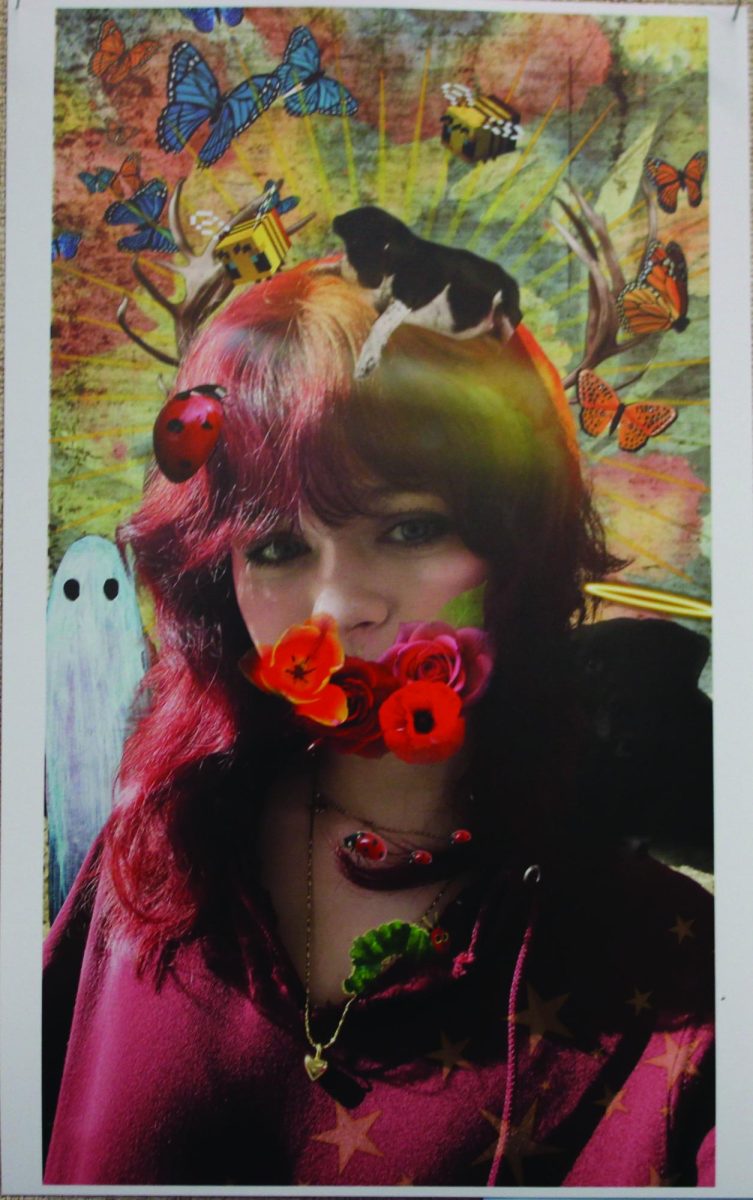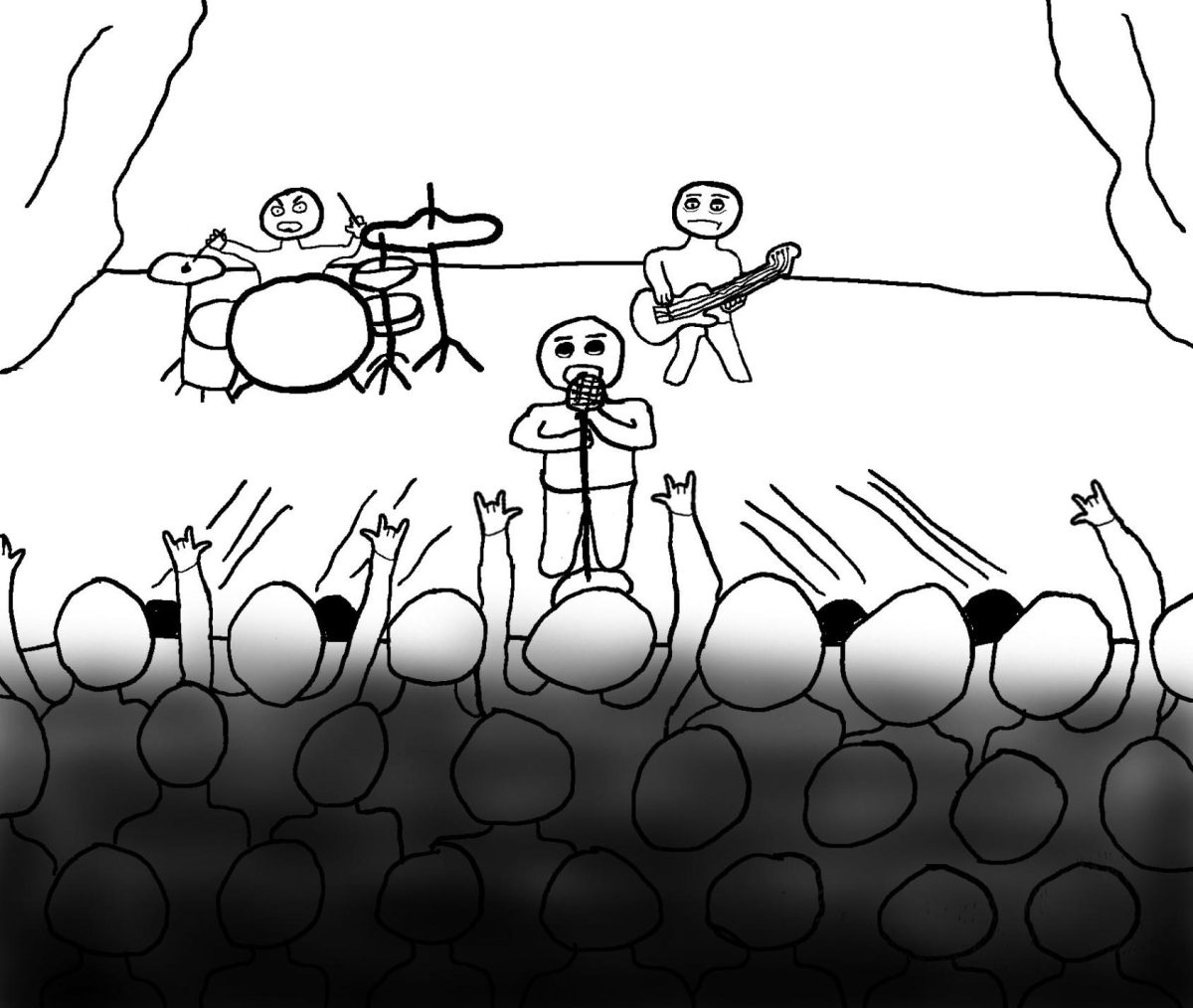Spring Sights
As the weather warms up and the plants start budding, the trails open back up for nature outings. LION went to some of the best spots in the area for an outdoors trip, and these are the highlights.
April 11, 2016
[imagebrowser id=67]
Garfield Park Conservatory
Admission: $5 recommended donation
When April weather feels like February never left, the Garfield Park Conservatory’s immense greenhouses provide a tropical experience in absolutely any weather. The conservatory reopened the last of its rooms last year, following the damaging 2011 hailstorm, and it houses impressive indoor landscapes as well as outdoor gardens.
Coming through the entrance hall, the first sight is the enormous Palm House, an indoor jungle that creates a denser tropical atmosphere than you can find anywhere this far north. One pathway from the Palm House leads to the Children’s Garden and a permanent, equally luscious educational exhibit, and another to the Show House that holds seasonally rotating shows. The current spring flower show ends May 10.
The back of the conservatory is occupied by two more rooms. The Aroid House holds houseplants nursed and nurtured into huge sizes surrounding a water featured filled with glass art, while the adjacent Desert House showcases an expansive collection of cacti and other desert plants.
Directly attached to the Palm House is the museum’s landscaping masterpiece, the Fern Room. Designed to mimic Illinois’s climate in much warmer prehistoric times, the room showcases winding footpaths around a constructed waterfall and lagoon, lined with lush ferns and ancient native plants.
The conservatory is open 9 a.m. to 5 p.m. daily and is located on the West Side of Chicago at the Conservatory-Central Park stop on the CTA Green Line.
Bottom line: The Garfield Park Conservatory is a little-known gem that offers an unmatched indoor nature experience, and is worth a visit during any trip to the city.
Chicago Botanic Garden
Admission: free, parking $20 per car for Cook County residents
For those who enjoy a more civilized nature expedition, the Chicago Botanic Garden is a collection of exhaustively designed gardens and natural areas. The garden’s beautifully designed landscapes and incredibly diverse foliage create a remarkable path through an idealized, crafted take on the classic nature trip.
The 385 acre location is divided into gardens, situated around the winding lakes the feed from the nearby Skokie River. Each provides a fantastically new collection of plants, making the long walk through the gardens a sensational trip through various climates.
If you’re seeking a sculpted combination of nature and art, painstakingly crafted gardens like the Waterfall and Japanese Gardens are the best locations to start. Other highlights include artfully sculpted islands like the intimate Spider Island or the sweeping Evening Island.
More native settings can be found in the natural areas like the Cove on North Lake, as well as the Prairie and McDonald woods that provide extended paths for immersion into the garden’s fantastic natural collection.
Peak season for the garden begins at the end of April and lasts through mid-May, which is an excellent time to see almost all of the plants in bloom before an extended journey through each garden becomes impossible due to summer’s blistering heat. Tram tours of the garden begin in late April.
The garden is open from 8 a.m. to 7 p.m. and is located on Lake Cook Road in Glencoe.
Bottom line: The Botanic Garden’s arrangements are spectacular and though the parking rate is steep for smaller groups, the ever-changing gardens make a unique trip for any time of the year.
Waterfall Glen
Waterfall Glen was first purchased in 1925 by the Forest Preserve District, but the purchase came with no waterfall. The 2,492-acre reserve was actually named after president of the District’s Board of Commissioners Seymour “Bud” Waterfall, and it was not until 1930 that a tiered waterfall structure was man-made to fulfill the promise that the preserve’s name offers.
Now, over 80 years later, Waterfall Glen remains a highly-populated area of hundreds of wildlife species, natural ponds, guzzling streams and humans seeking clean, beautiful outdoor recreation. Waterfall Glen offers everything from 11 miles of hiking paths to fishing, horseback riding and even cross-country skiing in the winter.
On a warm spring Sunday this March, cars flooded the multiple parking lots as families, fitness enthusiasts and couples of all ages roamed the beautifully-curved paths.
“It’s such a pretty place that’s easy to get around,” Sarah-Kate Weibel ‘16 said. “The paths aren’t super intense like other forest preserve trails, but you can still go [to Waterfall Glen] for exercise. The waterfall in the center is so fun to walk around and hop from rock to rock.”
Not only does the small-but-beautiful waterfall offer a rewarding view after a leisurely walk or intense workout, but a high lookout above the waterfall allows for visitors to see the forest preserve from a birds-eye view that is hard to come by in the prairielands of DuPage County. The preserve is located in Lemont—approximately a 20-minute drive from LaGrange, but it is well-worth the trip.
There was some trash on the trails from the many people visiting and its close proximity to highway I-55 results in some louder legs of the trail, but overall the cleanliness of the area was refreshing, and the meandering wilderness made you soon forget the cars rushing past in the distance.
Bottom line: Waterfall Glen is an exceptionally pretty forest preserve that offers outdoor fun for all ages and nature-lovers. Grab some friends, family or a trusted dog and check out the beauty offered this spring as you trek the winding paths of Waterfall Glen.
Chicago Lakefront
Situated about 20 miles from NC lies 18.5 miles of trails that span the Chicago Lakefront. This oasis of natural beauty is home to walkers, runners, bikers, roller bladers and tourists who all enjoy the serenity of rolling waves and the aesthetic of skyline views.
This spring and summer, the Chicago Lakefront should also be home to you. As students, we are extremely lucky to have access to such beauty via a 30-45 minute train or car ride. Personally, I try to visit the lakefront once every few weeks in order to decompress from a busy week and take time to appreciate mother nature.
On my most recent visit to the lakefront, I began walking near the museum campus and concluded my stroll just before Maggie Daily Park. The image of the setting sun glinting on the waves was impeccable, and I noticed that passer-byers all seemed to exude a collective friendliness evident in the smiles we shared.
If the natural beauty of vast Lake Michigan juxtaposed with the skyline was not enough, the Chicago Lakefront also hosts many events in the warmer seasons. Every summer, Sun and Moon Yoga studio holds sunrise Vinyasa yoga classes at North Avenue Beach. Additionally, throughout the summer there are multiple beach volleyball tournaments that are incredibly entertaining to spectate and to participate in.
Alli Leach ’16 is a Chicago Lakefront aficionado who utilizes the trails regularly to workout and enjoy city views, she said.
“The Chicago lakefront is the prettiest part of the city,” Leach said. “Chicago has done the best job preserving and maintaining its lakefront, and as a proud Chicagoan I want to take in as much of the city as I can.”
Bottom Line: If you are looking for a change in workout venue or just want to explore the city, the lakefront is the place for you. Not only does the lakefront provide entertainment and picturesque views for people in all walks of life, but it is also free to access and situated conveniently if you decide to venture into the heart of the city.
More Locations:
Indiana Dunes National Lakeshore: a Lake Michigan beach backed by towering dunes to climb and trails to walk.
Starved Rock State Park: deep valleys and wandering trails in the middle of a central Illinois forest.
Morton Arboretum: an enormous forestry reserve with trails and exhibits in Lisle funded by conservationists.





















![Movie poster for '[Rec]" (2007).](https://www.lionnewspaper.com/wp-content/uploads/2023/04/rec-640x900.jpg)

